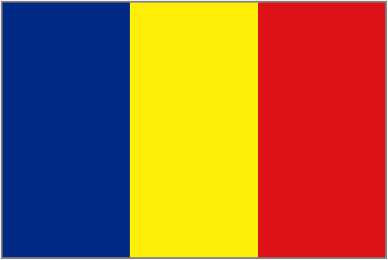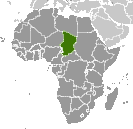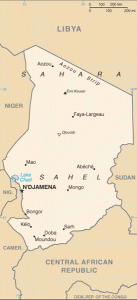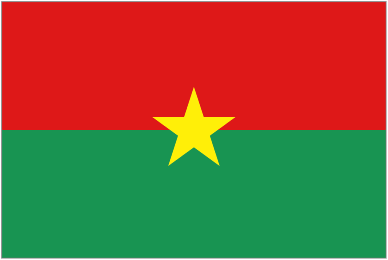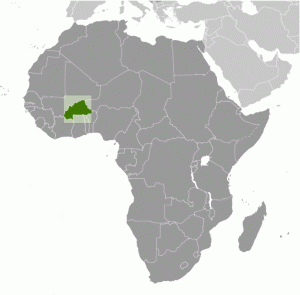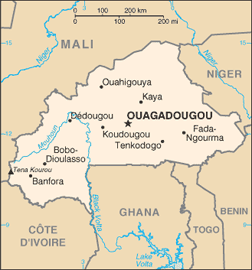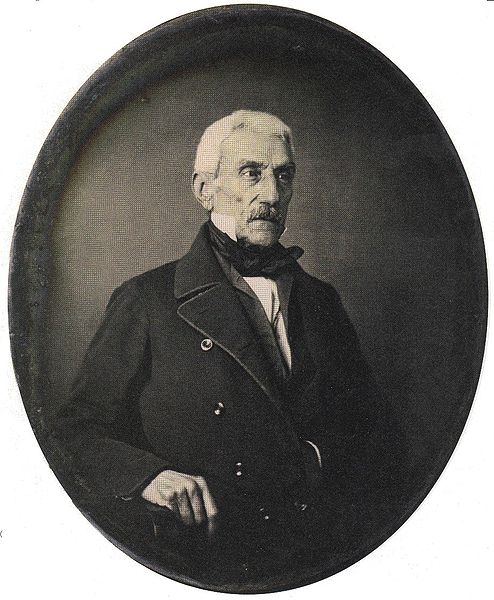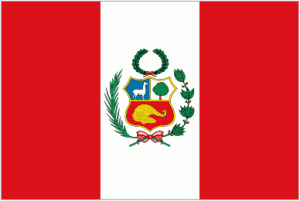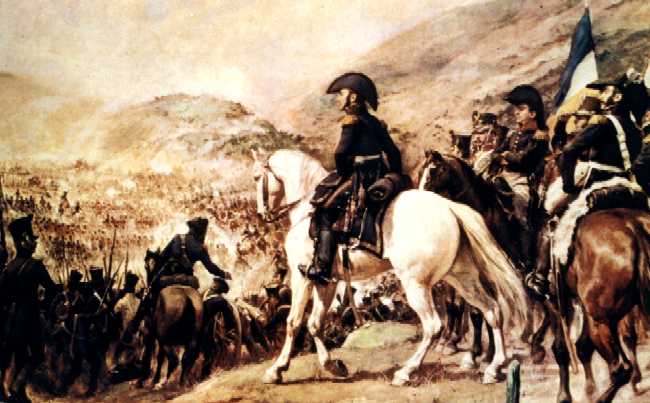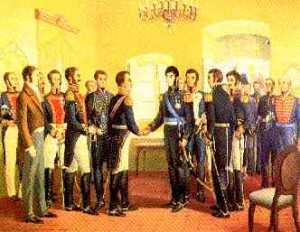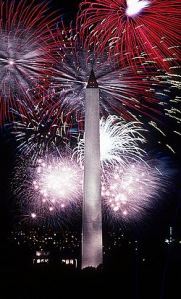August 14
We are convinced there can be no peace and progress in India if we, the Muslims are duped into a Hindu dominated federation in which we cannot be the masters of our own destiny and captains of our own souls.
Choudhary Rahmat Ali

Choudhary Rahmat Ali was not the leader of a nation, a war hero, a politician, or a prince’s son. But his contribution to the world over 60 years ago can be seen clearly on any map of the world.
He was born in Punjab in 1897 in what was then British India. He was a graduate student at Cambridge University in England during the 1930s, a turbulent decade in his homeland. Muslims in British India saw the winds of change approaching as Indian leaders of both religions pushed for independence from the British Empire. Muslims were concerned about being a minority in a Hindu nation.
In January 1933, Rahmat Ali wrote a booklet, “Now or Never,” in which he laid out the concerns of 30 million Muslims and non-Hindus in the region. He described India not as a country, but as a continent, too diverse to be simplified and categorized as a Hindu nation.
He proposed that the Muslim territories of Punjab, Afghan (Northwest Frontier Province), Kashmir, Sind and Baluchistan be accorded “national status, as distinct from the other inhabitants of India” and be granted “a separate Federal Constitution on religious, social, and historical grounds.”
His proposal was not a new one. But he did suggest a name for the separate nation. Taking the first initials of four provinces–Punjab, Afghan, Kashmir, and Sind–and the end of Baluchistan, he created the name “PAKiStan.” The name also had another meaning: in Urdu pak means “pure” and stan means land.
Rahmat Ali provided an all-encompassing name for a diverse, amorphous group of 30 million people previously known to the outside world as ‘Indians’; the name Pakistan resonated both with the Muslims of India and the non-Urdu speaking world. The name and the idea of a separate Pakistan stuck.

On August 14, 1947 the British Indian Empire was partitioned into two separate nations: the Union of India and the Dominion of Pakistan.
In terms of speed and sheer numbers, the mass migration that followed the partition has no equal in human history.
In a matter of months, over 7 million Muslims living in the newly-independent nation of India moved to the new nation of Pakistan, located in two separate parts, east and west of India. (East Pakistan is now Bangladesh). Meanwhile, another 7 million, Hindus and Sikhs, moved from those areas into the new nation of India. Violence between Muslims and Hindus escalated. There are no precise statistics, but it is believed about half a million people died during the migration, from bloody conflicts and from the dire living conditions that neither nation was prepared to combat.
Today is Independence Day in Pakistan, a time of celebration, but also of remembrance.
Pakistan itself became the subject of partition in 1971. The Bengali-dominated eastern-half of the country, known as East Pakistan, broke away to become what is now Bangladesh.
Even without Bangladesh, by population Pakistan is the 6th largest nation in the world.

